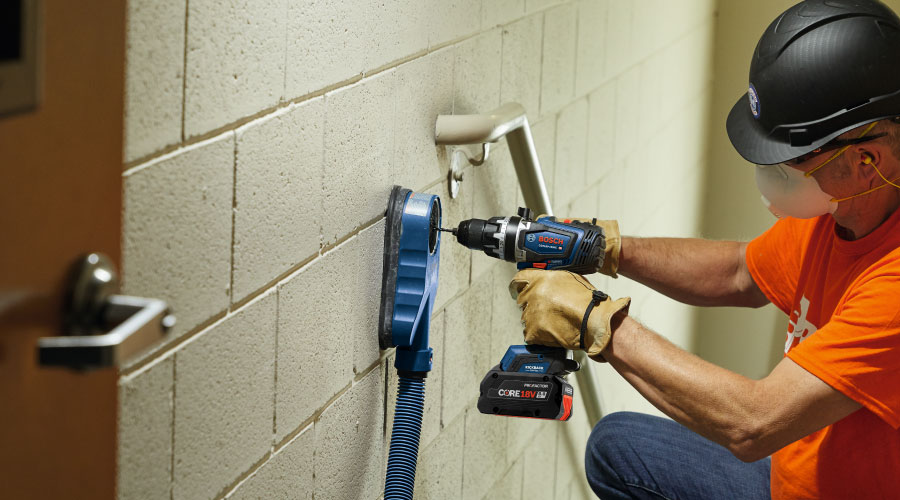Infrared Imaging: Viewing Modes Expand
Admit it: Who did not grow up wanting to be a superhero, with X-ray vision that sees through walls? Well, as infrared, thermal-imaging technology evolves, managers are getting closer to making this dream a reality.
Infrared cameras give front-line technicians in institutional and commercial buildings the power to see and inspect electrical systems — among many other components and systems — much more closely and effectively. The ability to detect and view excess heat where it should not be allows technicians to become superheroes of facilities by giving them the power to protect electrical equipment from the operational threats lurking in every corner.
New-generation Equipment
Unlike the fragile, bulky, and expensive imagers of the past, new-generation equipment is more compact and durable. With the price of many imagers coming down — many of today's units fall in the $4,000-$8,000 range — it is becoming much more viable for managers to buy their own imaging equipment, instead of having to contract out scanning tasks. That said, managers at times might need to bring in outside experts to interpret certain images and determine appropriate action.
Of the latest advances in infrared thermal imagery, one manufacturer has developed technology that integrates infrared and visual — or visible light — images in full screen or picture-in-picture views. The technology helps users recognize image details and better identify problem areas by quickly scrolling through the different viewing modes. They include:
- full infrared — high-resolution, standard infrared images
- full visible light — a visible-light image similar to that of a digital camera
- picture-in-picture — an infrared-image portal surrounded by a visible-light frame for reference
- automatic blending — combines infrared and visible-light images blended at user-adjustable levels for maximum image clarity
- infrared/visible alarm — displays only the portions of the image that fall above, below, or between a user-specified temperature range as infrared, leaving the remainder of the image as full, visible light.
Related Topics:















